First Overland Mail Delivery
On October 10, 1858, the first shipment of overland mail arrived in San Francisco. It completed its journey in 23 days, a vast improvement over previous services.
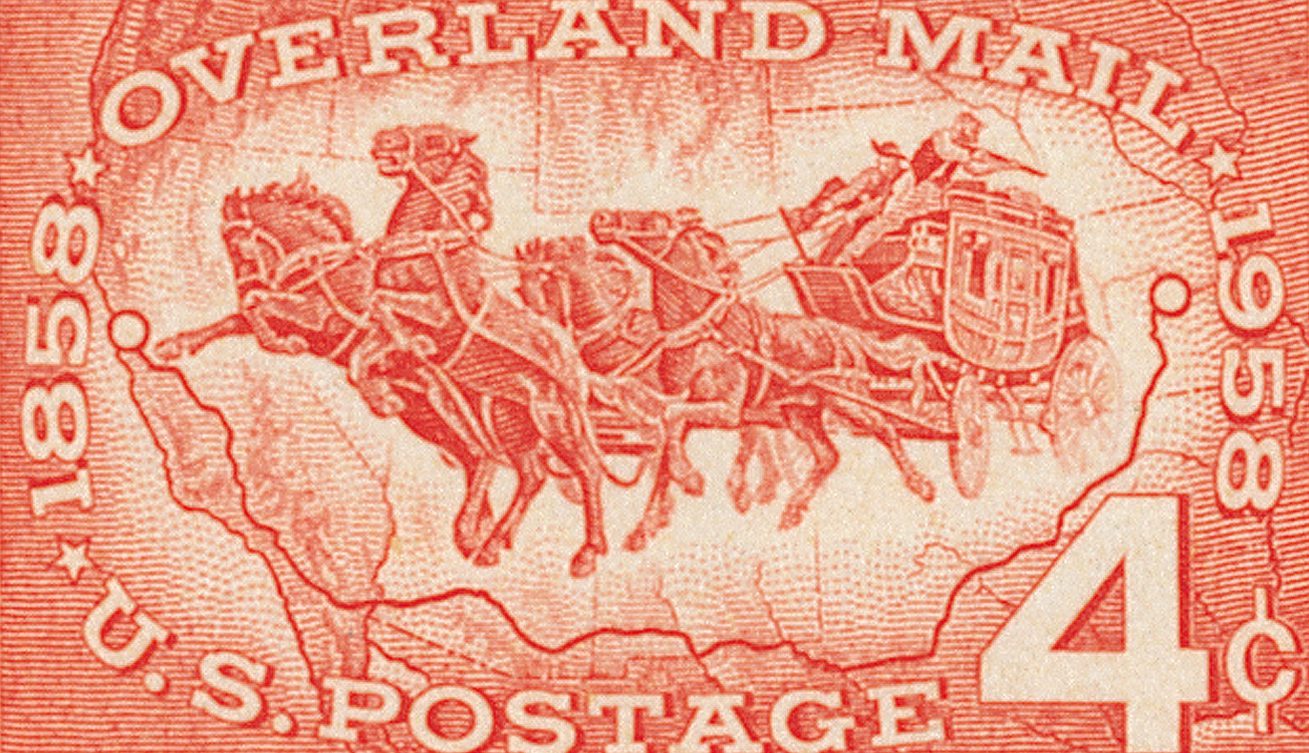
On October 10, 1858, the first shipment of overland mail arrived in San Francisco. It completed its journey in 23 days, a vast improvement over previous services.

On October 9, 1874, some 22 nations met in Bern, Switzerland to form the General Postal Union (later renamed the Universal Postal Union or UPU). The UPU standardized mail service between countries and is one of the world’s oldest international organizations.

Eddie Vernon Rickenbacker was born on October 8, 1890, in Columbus, Ohio. He was America’s leading ace during World War I, with 26 enemy planes shot down.

Renowned stamp artist Charles Ransom Chickering was born on October 7, 1891, Easthampton Township, New Jersey. During his 15 years at the Bureau of Engraving and Printing, he designed 77 US stamp.
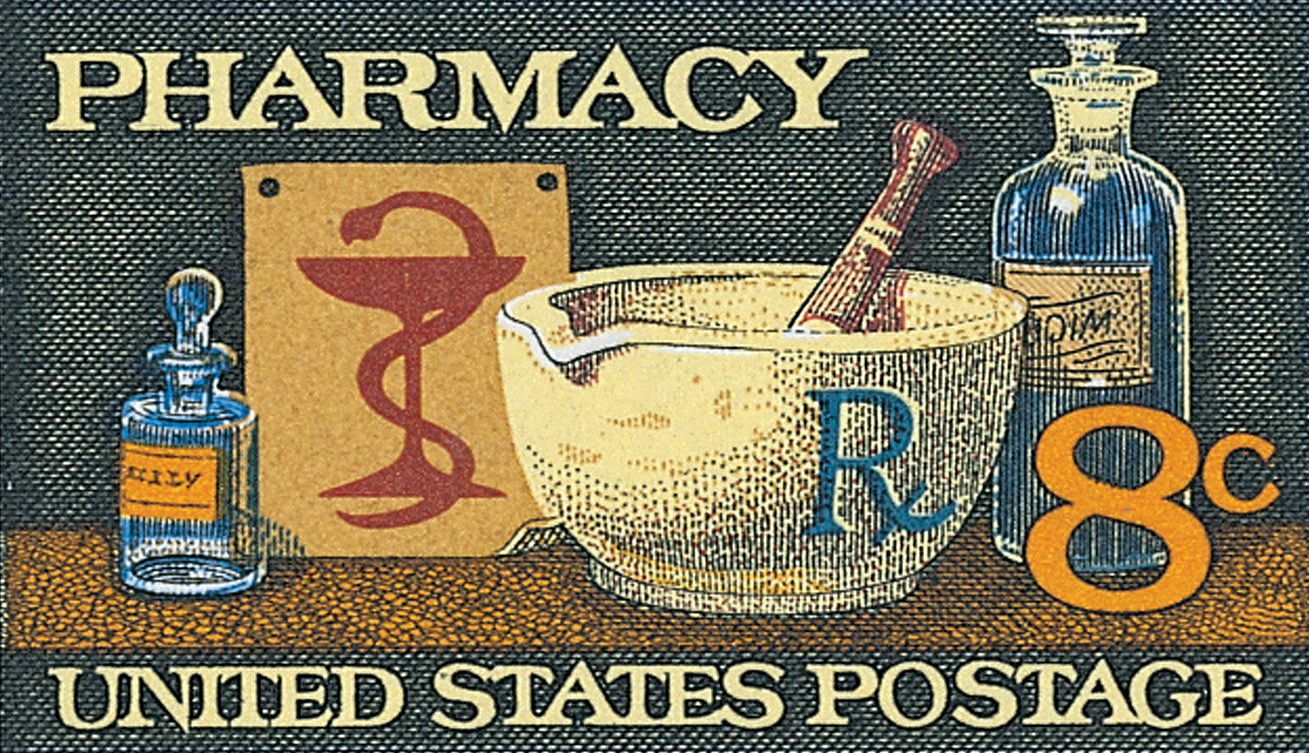
On October 6, 1852, the American Pharmaceutical Association (APhA) was founded in Philadelphia, Pennsylvania. It was the first professional society of pharmacists in the US.
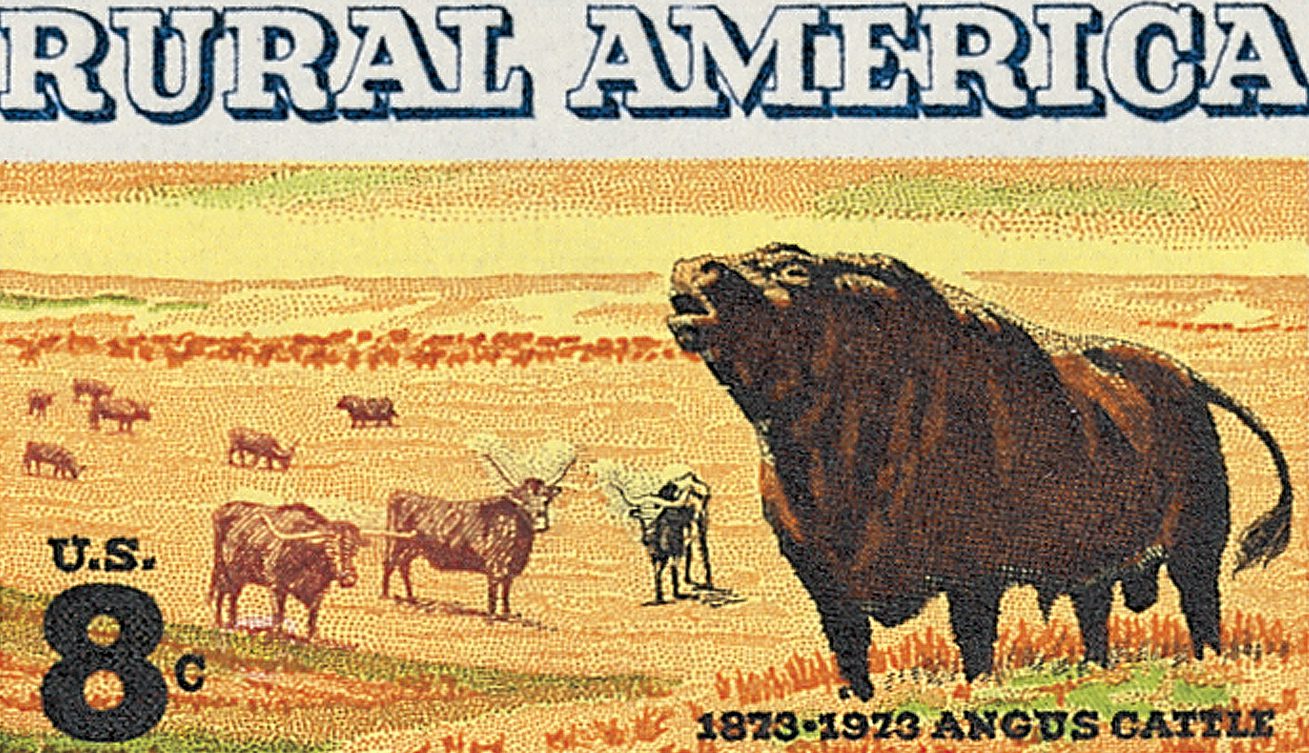
On October 5, 1973, the USPS issued the first of three stamps in the Rural America Series, which honored different aspects of rural life in America.
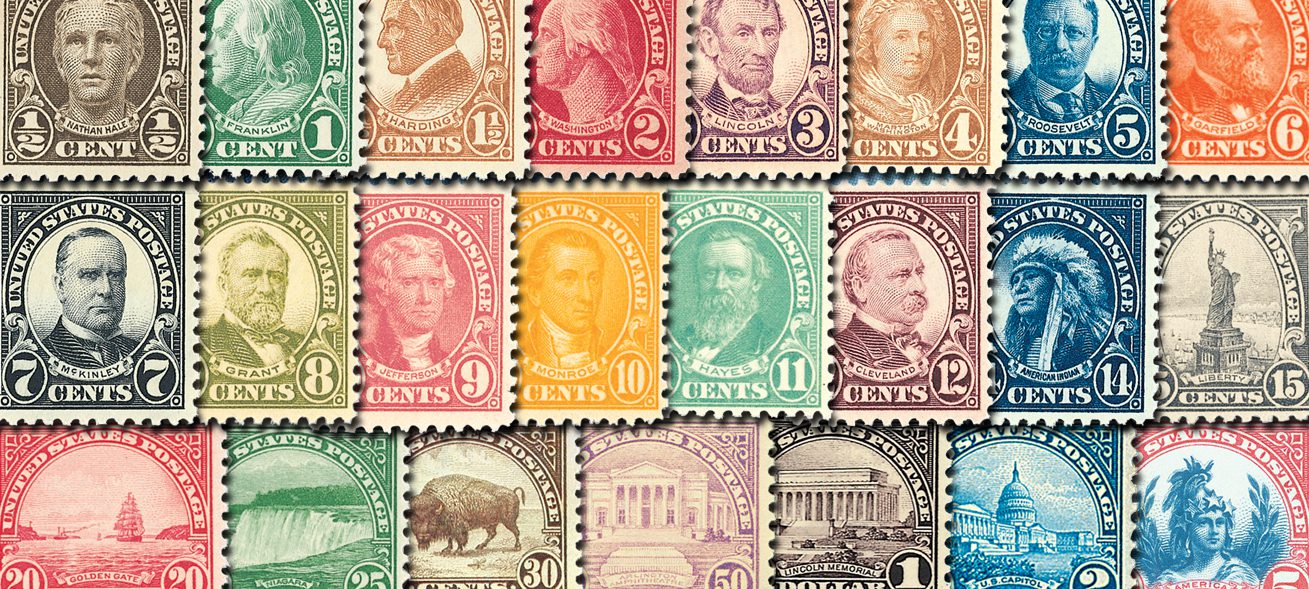
On October 4, 1922, the US Post Office issued the first stamp in Series of 1922-25. This would be the last stamp series printed by the flat plate press.

Novelist Thomas Clayton Wolfe was born on October 3, 1900, in Asheville, North Carolina. He’s considered North Carolina’s most famous writer and was a major influence on several writers of the next generation.
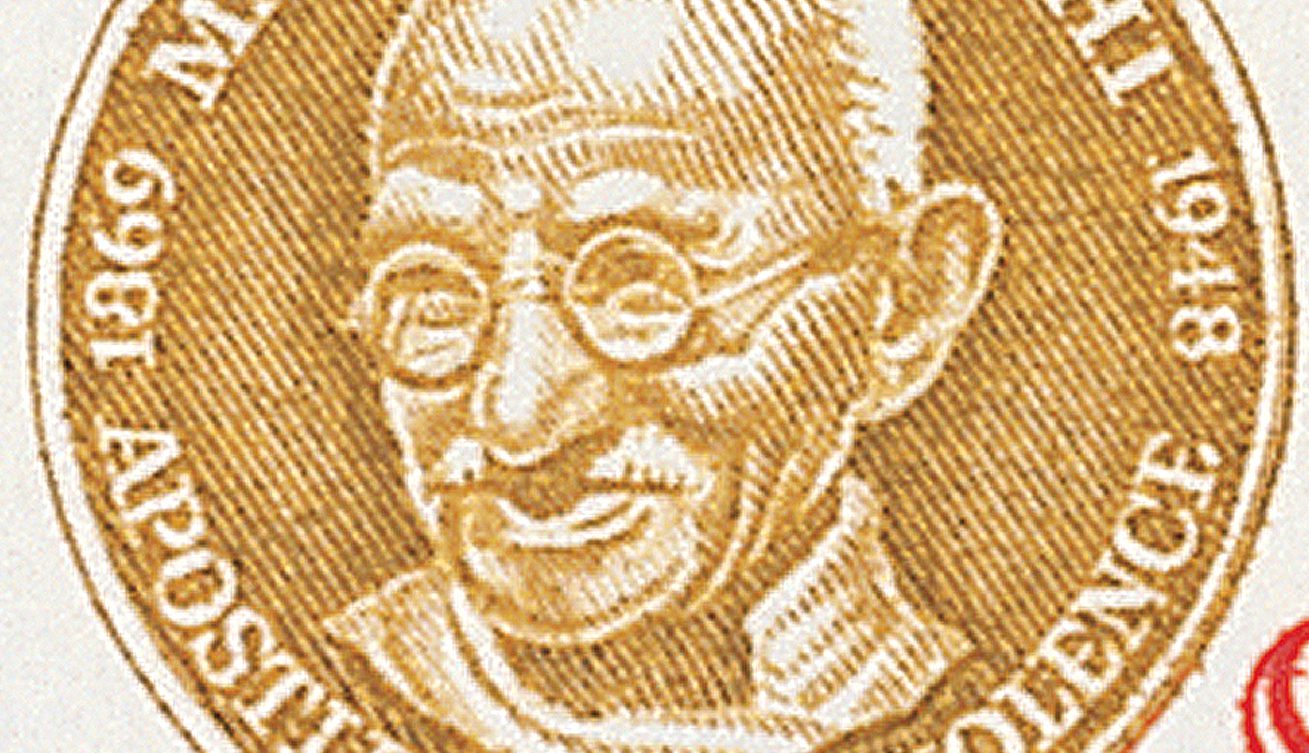
Mohandas Karamchand Gandhi was born on October 2, 1869, in Porbandar, India. Gandhi is known worldwide for his peaceful protests and campaign that finally earned India its independence from British rule.